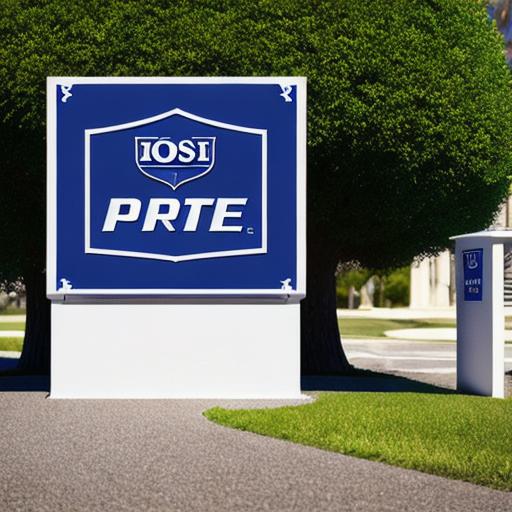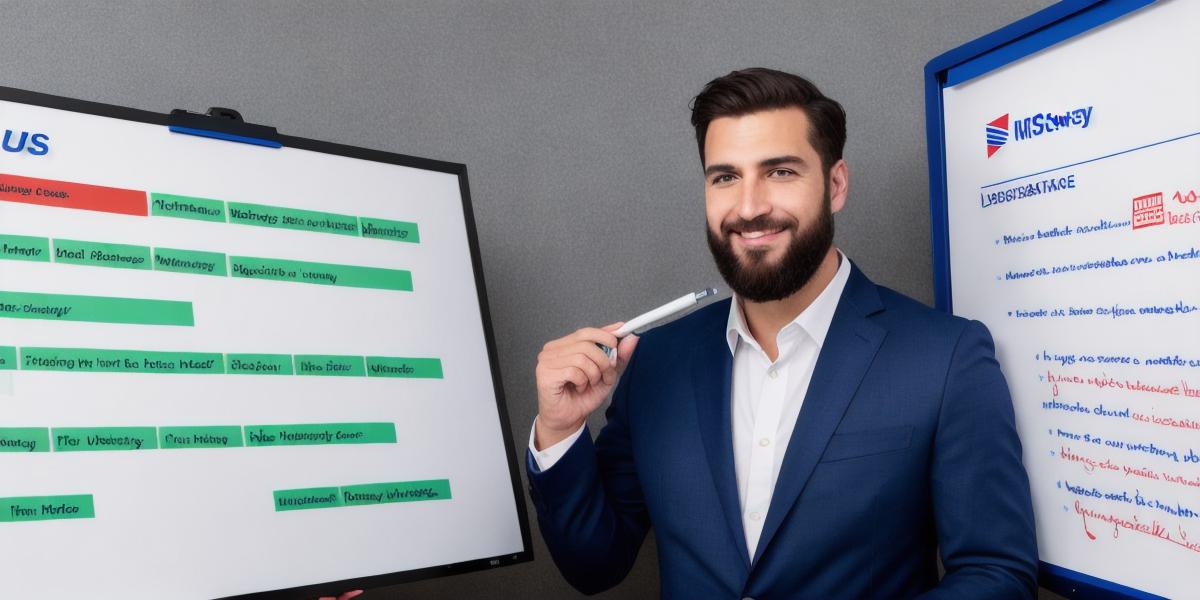If you’re looking to take your marketing strategy to the next level, it’s time to start thinking about your unique selling proposition (USP). A USP is what sets your product or service apart from the competition and gives you a competitive advantage in the marketplace. In this comprehensive guide, we’ll explore everything you need to know about USPs and how they can benefit your marketing strategy.
What is a Unique Selling Proposition (USP)?
A unique selling proposition (USP) is a statement that describes the unique features or benefits of a product or service, and explains why it’s better than the competition. The goal of a USP is to create a strong and compelling reason for potential customers to choose your product or service over that of your competitors.
A well-crafted USP should answer three key questions:
- What makes your product or service unique?
- How does your product or service solve the customer’s problem or meet their needs?
- Why is your product or service better than the competition?
How to Create a Strong Unique Selling Proposition (USP)
To create a strong USP, you need to do some research on your target market and understand what they want and need. This will help you identify the unique features and benefits of your product or service that will appeal most to them.
Here are some tips for creating a strong USP:
- Identify your target audience: Before you can create a strong USP, you need to know who your target audience is and what their needs and wants are. You should also understand their pain points and how your product or service can solve them.
- Research the competition: Take some time to research your competition and see what they’re offering. Look for gaps in their products or services that your product or service can fill. This will help you differentiate yourself from the competition.
- Focus on benefits, not features: Your USP should focus on the benefits of your product or service, not just its features. Benefits are what customers care about most, and they’re the key to making a sale.
- Keep it simple: Your USP should be easy to understand and memorable. Avoid using technical jargon or complex language that might confuse your target audience.
- Test and refine: Once you have your USP, test it with your target audience to see if it resonates with them. Refine your USP based on their feedback until you’re confident that it’s the best possible representation of your product or service.

The Benefits of Having a Strong Unique Selling Proposition (USP) for Your Marketing Strategy
Having a strong USP can be a powerful tool for your marketing strategy, as it helps you stand out from the competition and attract potential customers. Here are some benefits of having a strong USP:
- Increased sales: A strong USP can help you sell more by clearly communicating the unique features and benefits of your product or service, and why it’s better than the competition.
- Improved brand recognition: A strong USP can help improve your brand recognition and make it more memorable to your target audience. This can lead to increased sales and loyalty over time.
- Enhanced customer satisfaction: By clearly communicating the benefits of your product or service, you’ll be able to attract customers who are a good fit for what you offer. This can lead to higher levels of customer satisfaction and repeat business.
- Better market positioning: A strong USP can help you position yourself in the marketplace as an industry leader or innovator, which can help you attract more customers and generate buzz around your brand.
- Increased competitive advantage: By differentiating yourself from the competition, you’ll be able to gain a competitive advantage in the marketplace. This can help you attract more customers and grow your business over time.
Real-Life Examples of Strong Unique Selling Propositions (USPs)
Here are some real-life examples of strong USPs that have helped companies succeed in their respective markets:
- Apple’s "Think Different" Campaign: Apple’s "Think Different" campaign was a powerful example of a strong USP, as it highlighted the unique features and benefits of Apple products and positioned the company as a leader in innovation and design.
- Southwest Airlines’ "Wanna Get Away?" Campaign: Southwest Airlines’ "Wanna Get Away?" campaign was a memorable and effective USP that helped position the airline as a budget-friendly option for travelers, while still offering quality service and amenities.
- Tesla’s "Full Self-Driving Capability" USP: Tesla’s "Full Self-Driving Capability" USP was a key selling point for their electric vehicles, as it set them apart from the competition and positioned the company as a leader in innovation and sustainability.
- Nike’s "Just Do It" Campaign: Nike’s "Just Do It" campaign was a powerful example of a strong USP that helped position the brand as a leader in athletic wear and inspired customers to take action and achieve their goals.
- Amazon’s "Easy and Convenient Shopping Experience" USP: Amazon’s "Easy and Convenient Shopping Experience" USP was a key selling point for their e-commerce platform, as it set them apart from brick-and-mortar retailers and positioned the company as a leader in convenience and customer service.
Optimizing Your Unique Selling Proposition (USP) for Search Engines (SEO)
In addition to being an effective marketing tool, having a strong USP can also help improve your search engine rankings (SEO). By including relevant keywords and phrases in your USP, you’ll be able to attract more organic traffic to your website and increase your visibility in search results.
Here are some tips for optimizing your USP for SEO:
- Research keywords: Use keyword research tools like Google Keyword Planner to identify the most relevant and high-traffic keywords related to your product or service. Incorporate these keywords into your USP in a natural and organic way.
- Use header tags: Use header tags (H1, H2, etc.) to break up your USP into sections that are easy to read and understand. This will help search engines better understand the content of your USP and improve your ranking in search results.
- Include meta descriptions: Write a compelling meta description for your website that includes relevant keywords and phrases from your USP. This will help attract more clicks from search engine users and improve your ranking in search results.
- Use internal linking: Link to other pages on your website that are relevant to your USP, such as product pages or blog posts. This will help search engines better understand the context of your USP and improve your ranking in search results.
- Monitor and refine: Continuously monitor your SEO metrics and make adjustments to your USP as needed to improve your ranking in search results. This may involve tweaking keywords, optimizing header tags, or revising meta descriptions.
FAQs About Unique Selling Propositions (USPs)
Here are some common questions about unique selling propositions (USPs):

1. What is a USP?
A USP is a statement that clearly communicates the unique features and benefits of a product or service, and why it’s better than the competition.
2. How do I create a strong USP?
To create a strong USP, start by identifying your target audience and what they value most. Then, highlight the unique features and benefits of your product or service that align with those values, and clearly communicate why it’s better than the competition.
3. What is the difference between a USP and a tagline?
A tagline is a short phrase that summarizes a brand’s identity or message, while a USP is a more detailed statement that highlights the unique features and benefits of a product or service.
4. Can I change my USP over time?
Yes, you can change your USP as needed to reflect changes in your product or service, or to better align with your target audience’s evolving needs and preferences.
5. How do I measure the effectiveness of my USP?
To measure the effectiveness of your USP, track metrics like website traffic, conversion rates, and customer feedback. Use this data to identify areas for improvement and refine your USP as needed.




